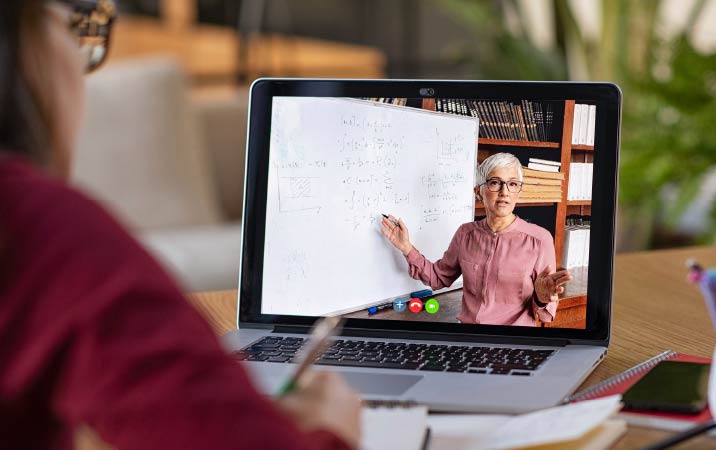The use of technology in education is not new. The pandemic has only made it more pervasive and acceptable. In the wake of the lockdown last year in 2020, educational institutions across the world had to shift classes online and incorporate digital learning and assessment techniques into the curriculum.
Most brick-and-mortar schools in India were unprepared for this sudden change where learning practices had to evolve overnight. However, over the course of the year, they have become more comfortable with the use of technology. The pandemic has underscored the significance of digitization across the country and given a fillip to online learning as classroom teaching was suspended. It emerged as a panacea to sustain the momentum during the lockdown as all one needed was a computer, tablet or smartphone and a good internet connection. Now that life is gradually returning to normal and educational institutions have started opening up, one is increasingly hearing the phrase blended. An amalgamation of two training environments—high-tech digital learning and traditional face-to-face learning. There is something for every learner, be it those who learn better in a structured environment comprising face-to-face learning with an educator and independent students as well as those who prefer to learn online using digital tools and leveraging technology. Yeshwanth Raj Prasmal, co-founder and principal director, 21K School, an online school, says, “This type of learning allows students to get the best of both worlds; while the traditional way of learning offers an advantage of quick, on-the-spot feedback, online learning facilities personalized, self-paced learning while mastering each topic.”
courtesy- India today








